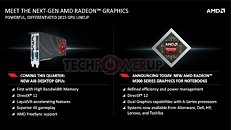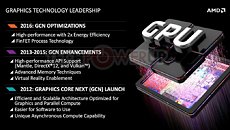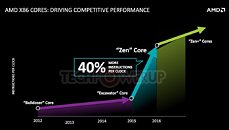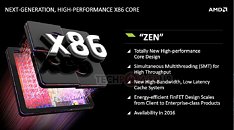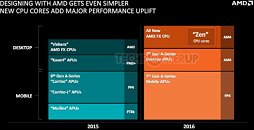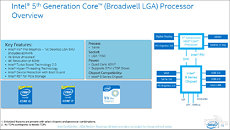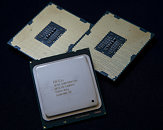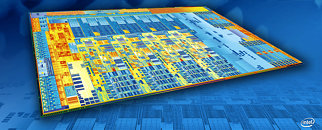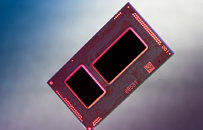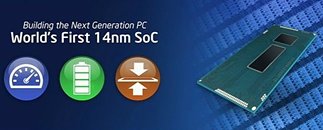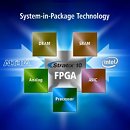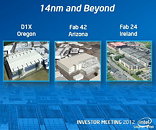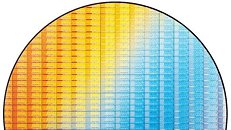
95W TDP of "Skylake" Chips Explained by Intel's Big Graphics Push
Intel's Core "Skylake" processor lineup, built on the company's swanky new 14 nanometer fab process, drew heads to its rather high 95W TDP for quad-core parts such as the Core i7-6700K and Core i5-6600K, even though their 22 nm predecessors, such as the i7-4770K and the i5-4670K run cooler, at 84W TDP. A new leaked slide explains the higher TDP. Apparently, Intel is going all-out with its integrated graphics implementation on Core "Skylake" chips, including onboard graphics that leverage eDRAM caches. The company is promising as much as 50% higher integrated graphics performance over "Haswell."
Although the chips have high rated TDP, the overall energy efficiency presents a different story. SoCs based on "Skylake" will draw as much as 60% lower power than "Haswell" based ones, translating into 35% longer HD video playback on portable devices running these chips. Intel's graphics performance push is driven by an almost sudden surge in display resolutions, with standards such as 4K (3840 x 2160) entering mainstream, and 5K (5120 x 2880) entering the enthusiast segment. Intel's design goal is to supply the market with a graphics solution that makes the two resolutions functional on desktop and video, if not gaming.
Although the chips have high rated TDP, the overall energy efficiency presents a different story. SoCs based on "Skylake" will draw as much as 60% lower power than "Haswell" based ones, translating into 35% longer HD video playback on portable devices running these chips. Intel's graphics performance push is driven by an almost sudden surge in display resolutions, with standards such as 4K (3840 x 2160) entering mainstream, and 5K (5120 x 2880) entering the enthusiast segment. Intel's design goal is to supply the market with a graphics solution that makes the two resolutions functional on desktop and video, if not gaming.



